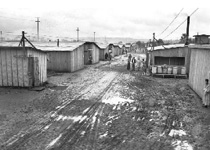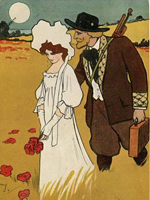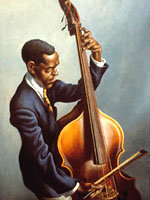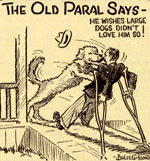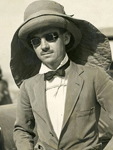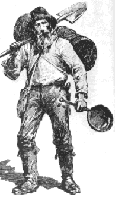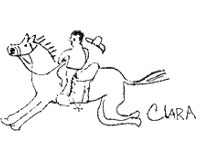Digital Public Library of America

The Digital Public Library of America (DPLA) serves as a portal to the digital collections of more then 40 state, regional, and online-only libraries, museums, archives, and other cultural institutions. Created to strengthen access to public resources and to "create novel environments for learning, tools for discovery, and engaging apps," the DPLA is an invaluable first stop for teachers and students looking for primary sources, particularly regional history sources.
Visitors to the website can search the more than 4,500,000 objects in the collections of participating institutions using keywords, returning results they can filter by format, owning institution, partner, date, language, location, and subject. Clicking on an object brings up detailed metadata, including creator, date of creation, and a description of the object, as well as a link to its original location online. Visitors who create a free account can save their search results, make them private or public, and share them via Facebook, Twitter, or Google+.
Visitors can also browse objects on a map or timeline—a fantastic way to prompt thinking about how primary sources are located in time and space. The timeline stretches from 1000 BCE to the present. (Note that zooming into the map returns finer results.) In addition, more than eight virtual exhibits demonstrate how DPLA sources can be curated to tell stories about themes and events.
The DPLA's API (application programming interface) allows visitors with the know-how to create apps drawing on the DPLA's collections. An eclectic set of more than 10 apps lets visitors browse DPLA's search results as a "river of images," discover primary sources related to their Zotero bibliographies, and more.
A fantastic starting point for anyone looking for primary sources, teachers can feel confident pointing students towards the DPLA to begin research projects or turning to the DPLA themselves to find resources to support lesson plans.
